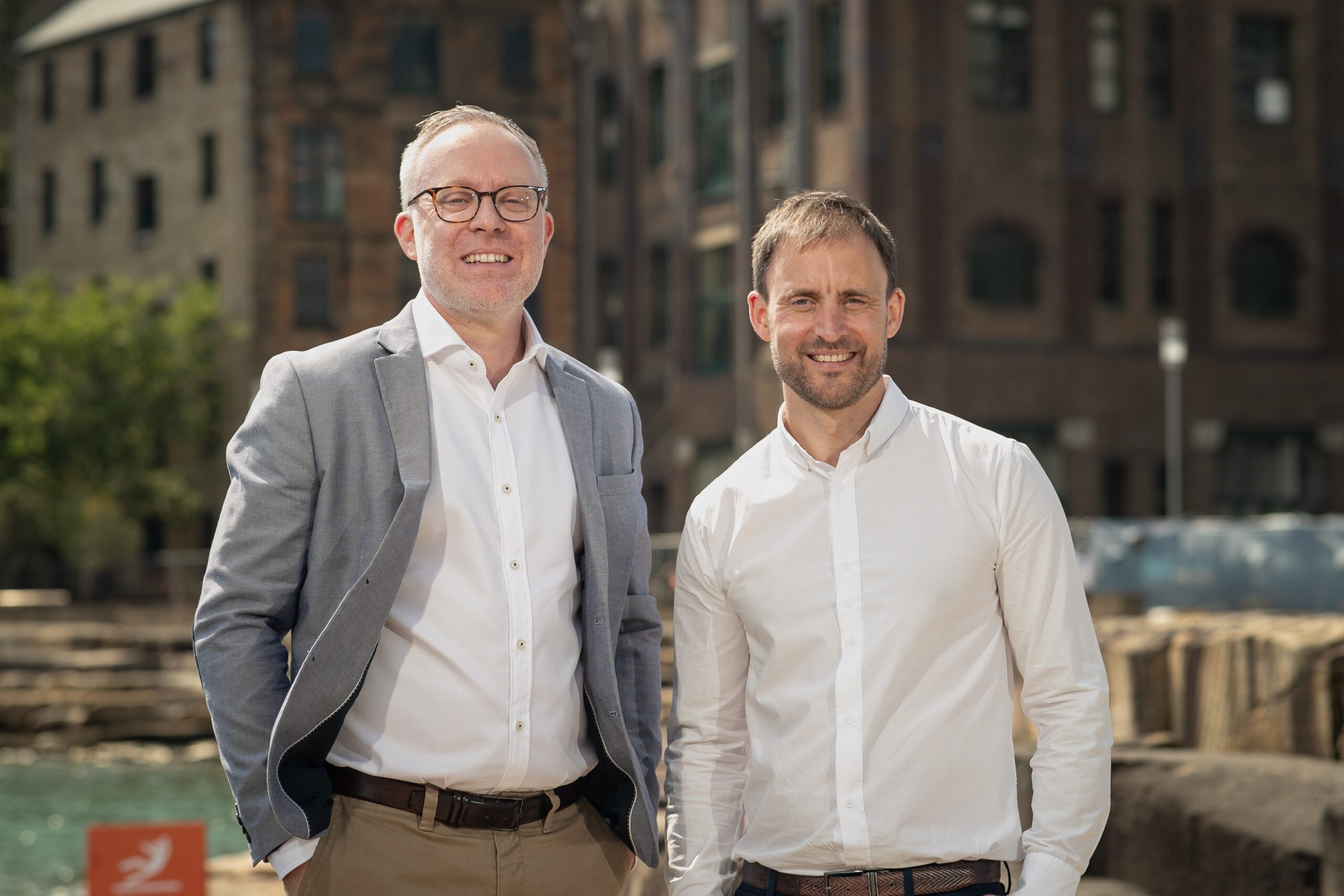Since the 1960s the idea of the typical family has been transformed in line with major social and cultural shifts in Australia, and that’s likely to continue to evolve in the next decade.
Among key changes in Australia, the traditional two-parent family has declined as divorce rates, re-marriages, cohabitation, single parenthood and same-sex partnerships have risen.
More migration, multi-culturalism and an increase in intercultural families have also played a part in altering the concept of family in Australia.
In terms of what the next 10 years has in store, the OECD, in a landmark study, predicts that the period ahead will likely to see a continuation, and even acceleration, of the changes in household and family structures already underway.
“In particular, the numbers and shares of single-adult and single-parent households are expected to increase significantly, as is the number of couples without children,” the report states, adding that the shift towards households where a woman works will also continue.
The Australian Bureau of Statistics, in its latest work on the topic, echoes the OECD findings.
According to the ABS, the number of households across Australia is projected to reach between 12.6 and 13.2 million in 2041, with the number of families projected to rise to between 9.2 and 9.4 million, up from 6.7 million in the mid 2010s.
Couples with children are projected to make up 43% of all families in 2041, down slightly from 44% in 2016, while couples without children are projected to be the second most common family type, making up 39% of all families.
Single-female-parent families are forecast to comprise 14% of all families in 2041, while single-male-parent families will increase the fastest of any family type, surging by between 44% and 65% by 2041, according to the ABS data.
Lixia Qu, a researcher with the federal government’s Australian Institute of Family Studies, says there’s nothing new about such shifts given families constantly evolve in response to the many opportunities and constraints they confront during their development.
“These include those arising from the economy, technology, various forms of legislation, and societal values,” she says in a report on families in Australia. “Such factors themselves continue to evolve, with family transitions being key drivers of some of these changes.”
While the look of Australia’s families may be changing, the concept’s centrality to the nation is set to stay, according to global financial services firm Perpetual.
When it asked 3000 Australians about key life priorities, it found that family (88%) was the area of top concern, above financial situation (69%) and physical health (69%).
For news and insights from experts around the industry, download edition five of the Australian Conveyancer, today.






